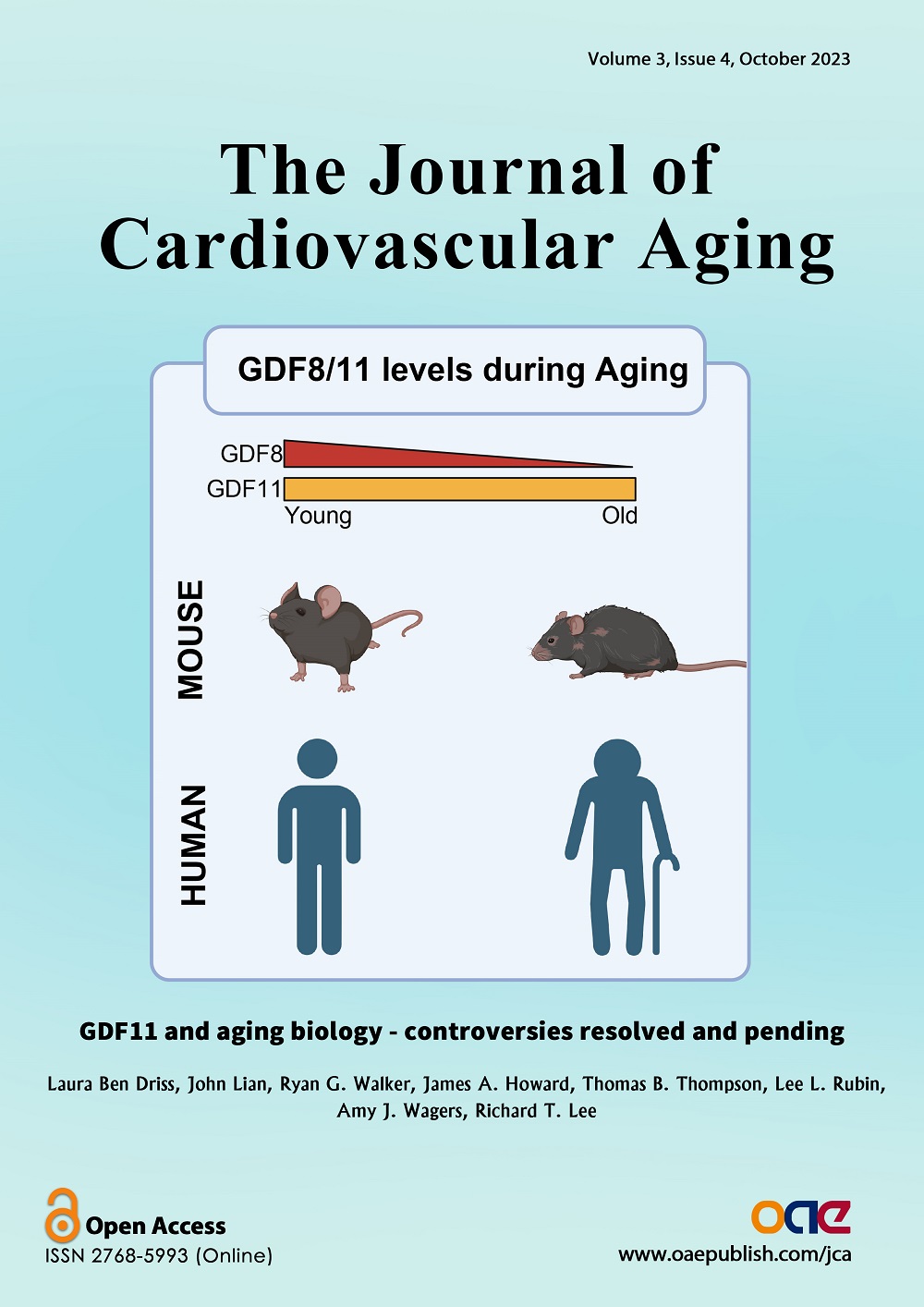Volume 3, Issue 4 (October, 2023) – 9 articles
Cover Picture: Since the exogenous administration of GDF11, a TGF-ß superfamily member, was reported to have beneficial effects in some models of human disease, there have been many research studies in GDF11 biology. However, many studies have now confirmed that exogenous administration of GDF11 can improve physiology in disease models, including cardiac fibrosis, experimental stroke, and disordered metabolism. GDF11 is similar to GDF8 (also called Myostatin), differing only by 11 amino acids in their mature signaling domains. These two proteins are now known to be biochemically different both in vitro and in vivo. GDF11 is much more potent than GDF8 and induces more strongly SMAD2 phosphorylation in the myocardium compared to GDF8. GDF8 and GDF11 prodomain are only 52% identical and are cleaved by different Tolloid proteases to liberate the mature signaling domain from inhibition of the prodomain. Here, we review the state of GDF11 biology, highlighting both resolved and remaining controversies.
view this paper 








